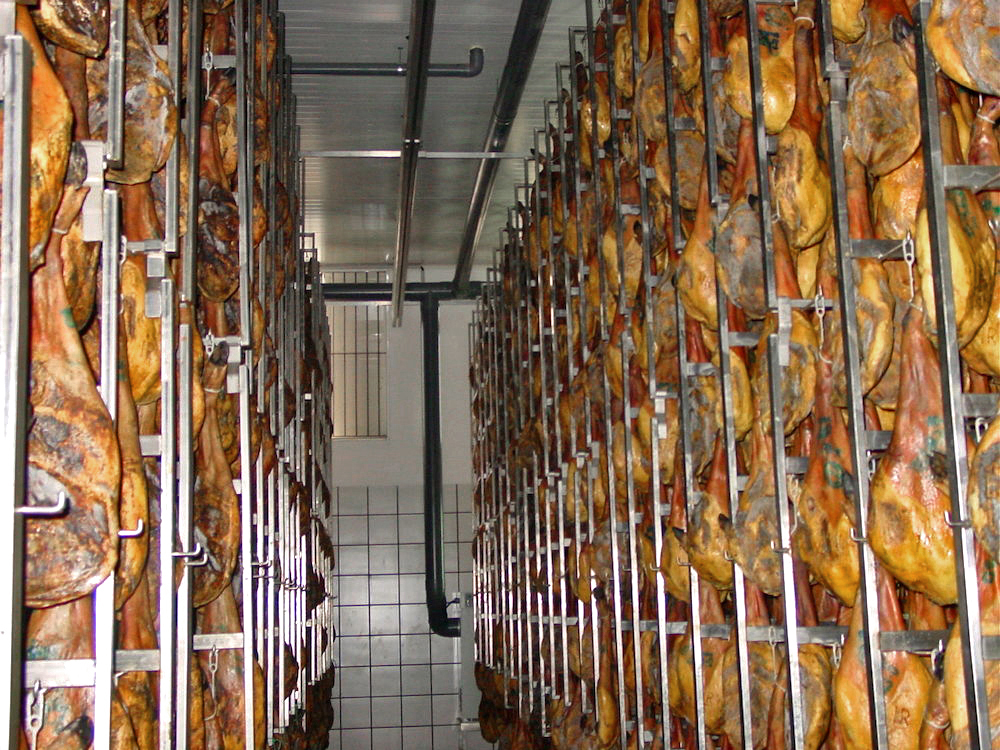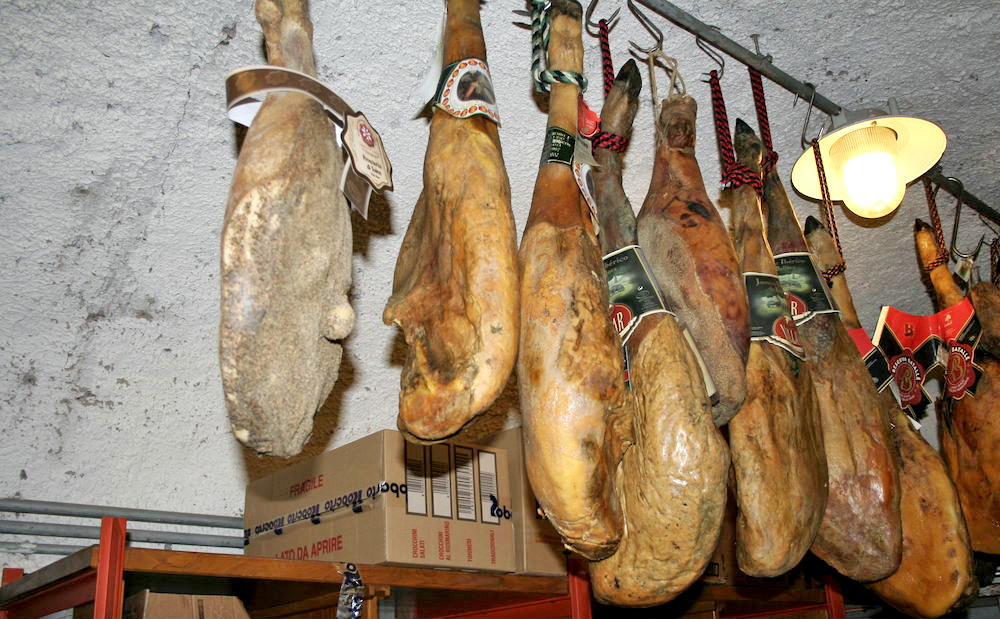Kesim ve işleme tesisleri günde binlerce hayvanı işler ve operasyonlar havadaki mikroorganizmaları ve nemi yayabilir. Bu kirleticiler istenmeyen maddelerdir çünkü ürün kalitesini etkileyebilirler ve çalışanların sağlığı için potansiyel bir tehdit oluşturabilirler. Neyse ki, Munters size yardımcı olacak doğru çözümlere sahiptir.
Hızlı bilgiler
- HACCP kontrolü
- Ürüne damlamayı azaltın
- El emeğini azaltın
- Yıkamadan sonra hızlı kuruma süresi
- Daha düşük mikrobiyal sayım
- Buz çözme döngülerini azaltın
- Sıcaklık kontrolünü iyileştirin
- Verimi en üst düzeye çıkarın
- Çalışan konforunu artırın
Nem ile mücadele
Çevreyi sterilize etmek için büyük miktarlarda su kullanılır ve suyun çoğu boşaltılmasına rağmen, önemli bir miktar buharlaşır ve su buharı haline gelir. Bir proses, istenen kaliteye sahip, sürekli olarak güvenli ürünler üretebilmelidir ve tam bir risk değerlendirmesi, hayvansal ürünler üzerine yoğuşma damlamasını önlemek için HACCP'nin bir parçası olarak nem kontrolünü dikkate almalıdır. Birçok oda, duvar ve kelepçe kaplı açıklıklar ve kapılardan giren ve çıkan hava ile havalandırılır. Nemli hava içeri sızar ve yolcuları rahatsız eder ve sıcak nemli hava soğuk hava ile karışıp soğuk yüzeylerle temas ettiğinden önemli ölçüde yoğuşmaya ve dona neden olabilir. Yoğuşmayı ortadan kaldırmak için bazen fanlar eklenir. Bununla birlikte, bunlar genellikle biyoaerosol emisyon kaynaklarını proses alanına daha fazla taşıyabilir. Kontamine kaynaklara sahip yüzeylerde yoğunlaşan nemli hava, ürün kontaminasyonu potansiyelini artırabilir ve gıda güvenliğini azaltabilir. Düşük nem, yoğuşmayla mücadele eder ve gıda kontaminasyonunu önlemeye yardımcı olarak ürün kalitesinin ve çalışanların sağlık ve refahının korunmasını sağlar. Genellikle, yoğuşmayı silmeye ve silmeye adanmış personel ile sorunu kontrol etmek için önemli ölçüde zaman harcanır. Munters Yoğuşma Kontrol Sistemi (MCCS) bu yoğuşma sorununa uygun maliyetli bir çözüm sunmaktadır ve bu çözümü kullanmanın bir dizi faydası vardır. Munters sistemleri, emme işlemi suyun donma noktası ile sınırlı olmadığı için nemi tutarlı bir şekilde giderir. Bu, mevcut soğutma ekipmanının daha az sıklıkta buz çözmesini sağlar ve çoğu durumda buz çözme işlemleri %75'e kadar azaltılır.
Bir dizi avantaj
Bazen tüm ekipler, her zaman ıslak olan yüzeyleri kurutmak için bir silme ekibi haline gelir. Munters Yoğuşma Kontrol sistemi aynı zamanda bu silme süresini de azaltır, böylece sanitasyon için gereken iş gücünü azaltır, böylece operasyonlar daha hızlı bir şekilde tekrar devreye girer ve mevcut üretim süresini artırır. Silme sürelerini kısaltacak ve vardiyalara daha hızlı başlayacaksınız. Ek olarak, yoğuşmadaki azalma mikrobiyal oluşum için üreme fırsatları ortamını azalttığından, daha düşük nem mikrobiyal sayıları azaltır. Kuru bir ortamda küf ve bakteriler engellenir. MCCS, gizli nem yüklerini hedefler ve tesisin tesisteki gizli ve duyulur yükleri ayırmasına olanak tanır. Hissedilebilir yükler tesis soğutma sistemi tarafından ele alınırken, Munters Yoğuşma Kontrol Sistemi gizli yükün üstesinden gelir. Soğutma sistemi, gizli yük artışına yanıt vermek için AÇIK konuma gelmez ve ardından istenen alan sıcaklığına yeniden ısıtılır, böylece daha sıkı sıcaklık kontrolü sağlanır Son olarak, nem seviyeleri genellikle %70-90 bağıl nemin üzerindedir, ancak Munters Yoğuşma Kontrol Sistemi ile bunlar daha konforlu seviyelere düşer ve kokular azalır. MCCS, su buharını kolayca çeken ve tutan bir kurutucu tekerlek kullanarak nemi emer. Bu nem toplanır, taşınır ve dışarıdan dışarı atılır. Munters ekipmanları dünya çapında binlerce gıda tesisine kurulmuştur ve HACCP için nem kalite kontrolünde güvenilir bir yöntemdir. Munters Yoğuşma Kontrol Sistemi, üstten yoğuşma ve sis ıslığından damlamayı önleyerek işçiliği azaltır ve ürün kalitesini iyileştirir.
Hızlı bilgiler
- HACCP kontrolü
- Ürüne damlamayı azaltın
- El emeğini azaltın
- Yıkamadan sonra hızlı kuruma süresi
- Daha düşük mikrobiyal sayım
- Buz çözme döngülerini azaltın
- Sıcaklık kontrolünü iyileştirin
- Verimi en üst düzeye çıkarın
- Çalışan konforunu artırın



